Planted too many basil seeds in small space, what to do!?!?
ZoraTheHotdog
12 years ago
Related Stories

CONTAINER GARDENS8 Easy Container Plants to Grow From Seed
Get beautiful blooms and herbs in summer by starting these choice garden picks from seed in spring
Full Story
SUMMER GARDENINGHow to Grow Basil
Bright color, quick growth and endless uses for cooking make this summer annual a winner in the garden or a pot
Full Story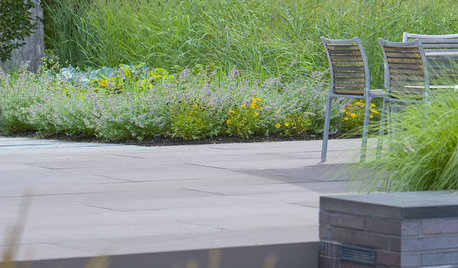
FLOWERS AND PLANTSPanicum Virgatum, a Prairie Beauty Many Gardeners Can Enjoy
Switchgrass adds color through the year and is a natural ‘seed feeder’ for birds
Full Story
GARDENING GUIDESSeeds or Seedlings? How to Get Your Garden Started
Growing delicious herbs and vegetables starts with knowing your goals and when you want to plant
Full Story
GARDENING GUIDESHow to Plant a New Lawn From Seed
Choose from more grass varieties and save money over sod by starting your lawn from seed
Full Story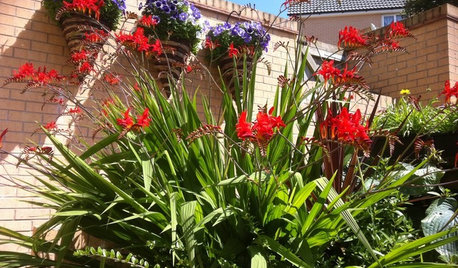
URBAN GARDENSPut Plants to Work in Small Gardens
Grasses, ground cover and more keep small gardens big on visual interest
Full Story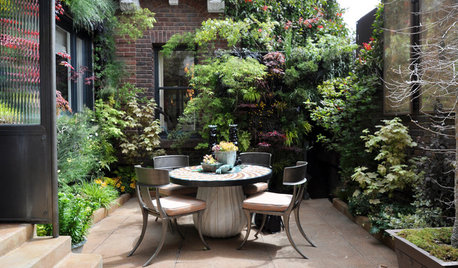
LANDSCAPE DESIGN8 Ways to Grow More Plants in Small Spaces
Use plants to bring your pocket garden to life
Full Story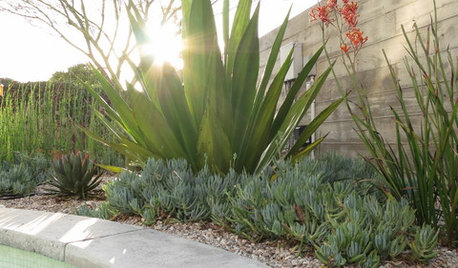
PLANTING IDEASBig Foliage for Small Spaces
Use bold, large-leaved plants to create intriguing contrast in a garden where they’re least expected
Full Story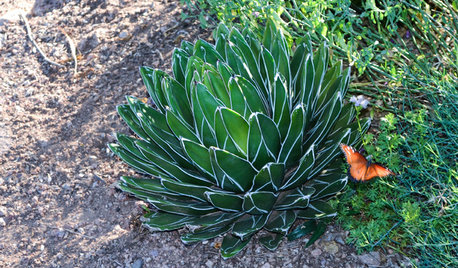
GARDENING GUIDESGreat Design Plant: Small but Mighty Agave Victoria-Reginae
Queen Victoria agave powers through tough desert conditions with its unusual beauty intact
Full Story










noinwi
t-bird
Related Professionals
Clark Landscape Architects & Landscape Designers · Summit Landscape Architects & Landscape Designers · Medford Landscape Contractors · Peabody Landscape Contractors · Waterbury Landscape Contractors · Belmont Landscape Contractors · Berkeley Heights Landscape Contractors · Damascus Landscape Contractors · Danvers Landscape Contractors · Hoffman Estates Landscape Contractors · McLean Landscape Contractors · Middletown Landscape Contractors · Rockville Roofing & Gutters · Westchester Roofing & Gutters · Manchester Roofing & Guttersgjcore
weedlady
rockguy